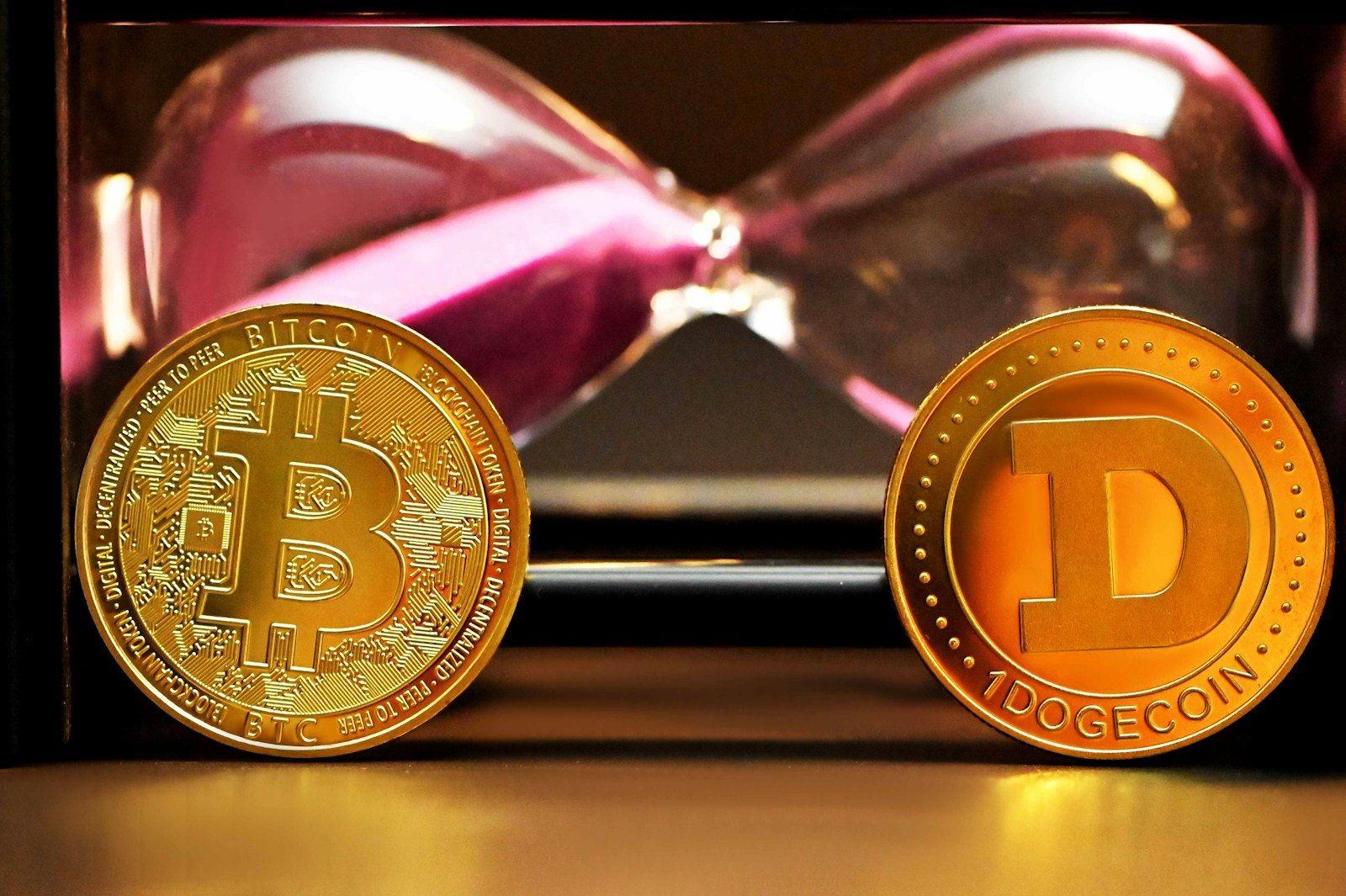How to Create a Cryptocurrency Mining Pool?
Cryptocurrency mining has become integral to the blockchain ecosystem, particularly for decentralized networks like Bitcoin. For individuals or small groups, mining independently can be an uphill battle due to the significant computational power required. Joining a mining pool allows multiple miners to combine their resources, increasing their chances of successfully mining a block. In this article, we will explore how cryptocurrency mining pools work and provide a guide on how to create a mining pool.
How Do Mining Pools Work?
Cryptocurrency mining pools are systems that aggregate the computational power of all participating miners. This collective power is then used to solve complex mathematical problems, known as Proof-of-Work algorithms, more efficiently than any single miner could on their own. When a mining pool successfully solves a block, the rewards are distributed among all participants according to their contributed computational effort. In a BTC mining pool, this reward is distributed among all the miners who contributed to the effort, with the share of the reward proportional to the amount of work each miner provided.
Setting Up a Mining Pool
Here is what it takes:
- Hardware infrastructure. Depending on the pool size you intend to create, you will need powerful servers to handle the pool’s operations. A reliable, high-performance server with ample CPU power, memory, and storage is essential.
- Software Installation. It includes the mining pool software itself, which coordinates the mining activities and the communication between miners. That may be MPOS (Mining Portal Open Source) and NOMP (Node Open Mining Portal).
- Software configuration. It involves configuring the pool software to communicate with it and ensuring that the pool’s backend is optimized for performance.
- Wallet setup. A wallet will receive the block rewards before they are distributed to the pool’s miners. Ensure that the wallet is properly secured with strong encryption and multi-signature features.
- Networking. Your server needs to have a reliable connection to the internet with low latency to communicate effectively with miners and the blockchain network.
- Security. Implement robust firewalls, intrusion detection systems, and DDoS protection to safeguard your pool from potential attacks.
- Monitoring and maintenance. It includes tracking server performance, monitoring the pool’s hashrate, and ensuring all components function correctly.
Before officially launching your mining pool, thoroughly test all aspects of the system. It includes verifying that miners can connect to the pool, submit shares, and receive payouts. Conduct stress tests to ensure that the pool can handle a large number of simultaneous connections without performance degradation.
Creating a cryptocurrency mining pool is complex yet fruitful. By following this guide, you can make a mining pool that is secure, efficient, and attractive to miners.



